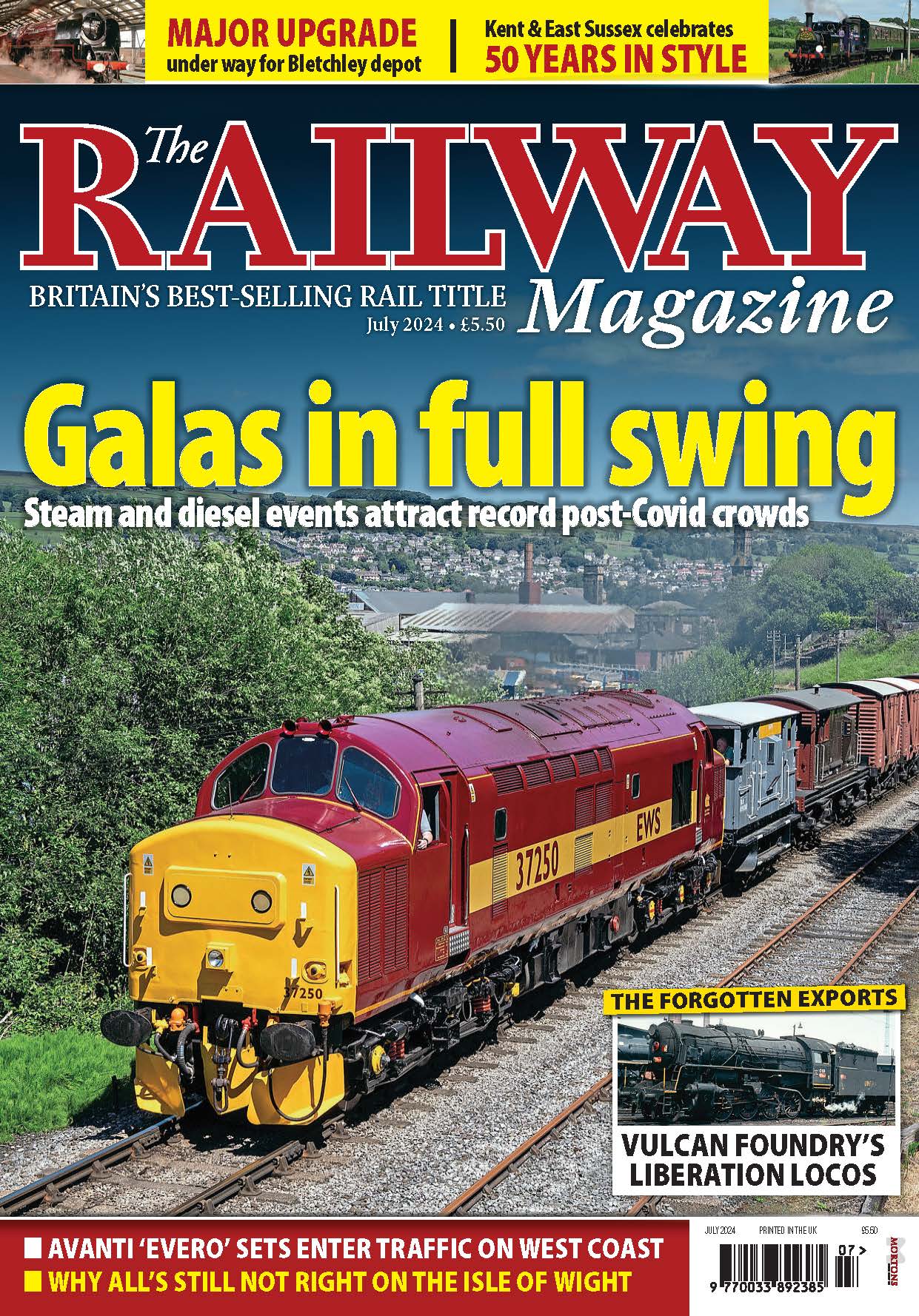With new Hitachi IET trains now spreading their wings as far as Penzance, John Heaton FCILT, assesses their performance against the venerable HST125 – a train still proving to be a very hard act to follow.
IT IS mid-afternoon on a sultry summer Saturday at Swindon. Heat haze shimmers from the rails and the information screens struggle to keep pace with events. The soporific atmosphere brings a lazy tune into my head – Gershwin’s Summertime from Porgy and Bess. How does it go?
Summertime and timekeeping ain’t easy,
Engines failing; coolant temp’rature’s high.
Monthly Subscription: Enjoy more Railway Magazine reading each month with free delivery to you door, and access to over 100 years in the archive, all for just £5.35 per month.
Click here to subscribe & save
Hitachi’s rich and the DfT ain’t looking
So hush diesel engines, no need to try
No, that’s not quite it.
Assorted members of the Railway Performance Society (RPS) form ad hoc discussion groups as train recorders arrive on inward trains and others leave for their next ‘working’. Each year, usually in long hours of daylight, the RPS blitzes one section of line and tries to cover as many trains as possible during the day to obtain a freeze-frame of overall performance.
Sprightly ancestors
This year the choice was the Great Western Main Line from Reading to Bristol Temple Meads and Cardiff Central, although this article concentrates on the Reading to Swindon section.
The combination of under-powered diesel IETs trying to keep pace with their sprightly ancestors was one area of interest, but no more so than how the youngsters could switch over to electric and leave their grandparents struggling in the wake of their after-burners. RPS magazine editor David Ashley subsequently compiles and analyses the logs, producing a booklet of the results for members.

Operations on the day were complicated by an engineering occupation between Didcot and Oxford, which meant many expresses were burdened with Fairford Air Show spectators in addition to holiday weekend Oxford tourists, who had to use replacement road transport to complete their far from hassle-free journey.
Scheduling extra Didcot stops in the Paddington xx.00 departures helped spread the load.
Trains running non-stop through Didcot were normally changing to electric power in compliance with trackside signs at Moreton Cutting, 1.75miles east of the station, but those booked to call were changing over the station, and these services often had to cope with a late start as well as inadequate acceleration being available under diesel power.
Read more and view more images in the October issue of The RM – on sale now!




